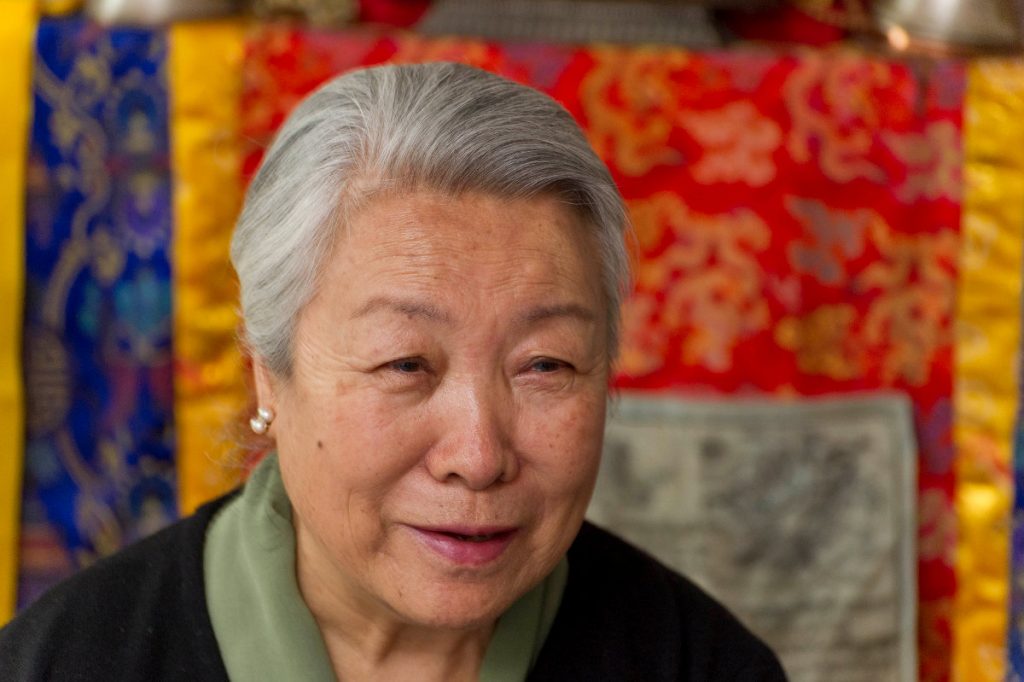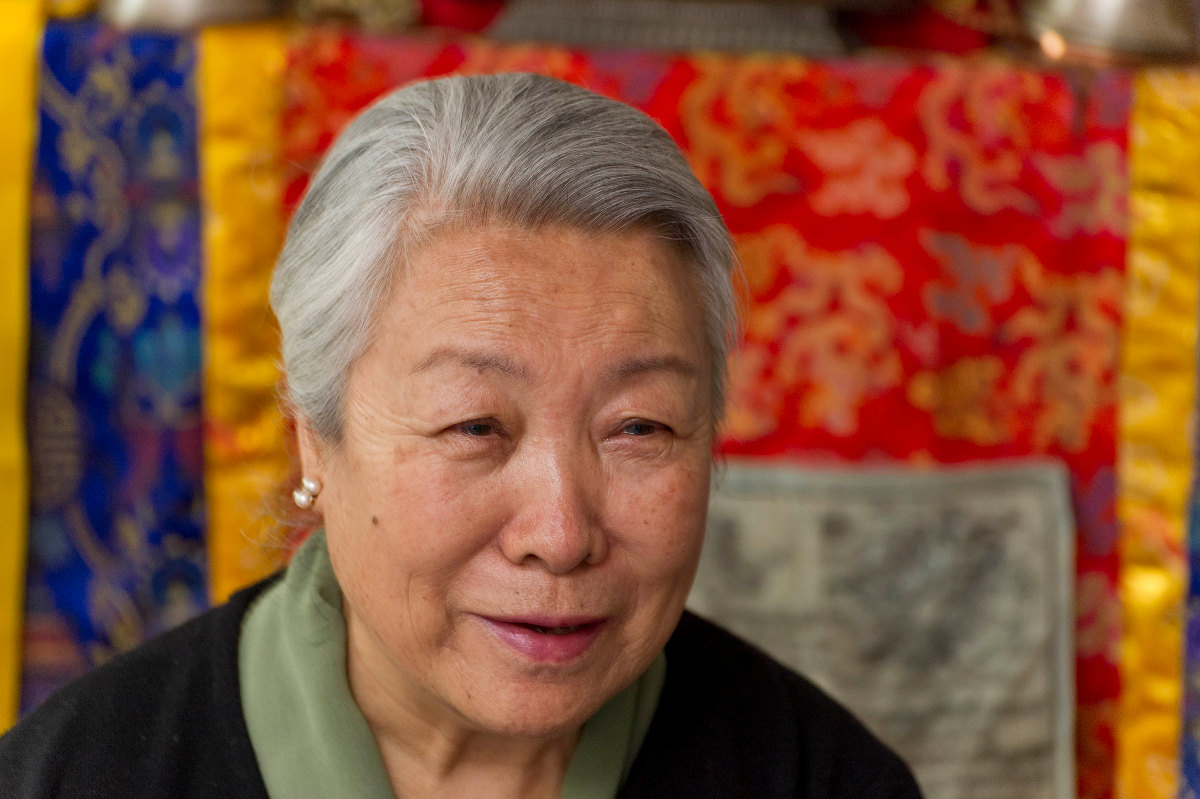NEW DELHI, India (ViaNews) – Tenzin Gyatso, better known as His Holiness the 14th Dalai Lama, regards himself as a very simple Buddhist monk. Set in this position of spiritual leadership at the tender age of five years, the great man has gone on to become a renowned world figure.
He is universally known as a man of peace and was awarded the Nobel Peace Prize in 1989 for leading a non-violent struggle in the quest for liberation of China-invaded Tibet. He has been a constant advocate of non-violence policies even when faced with extreme aggression. He was also the first Noble Laureate to garner recognition for his concerns towards global environmental issues.
To carry his message of peace to the world, His Holiness has undertaken travel to as many as 67 different countries crossing six different continents. He is the recipient of over 150 awards, prizes, and honorary doctorates, conferred upon him in recognition of his acts of compassion, universal responsibility, non-violence, peace, and inter-religious understanding. The Dalai Lama has been an inspiration to millions around the world to preach the words of Buddhism and the one person he seems to have inspired the most is his sibling Ama Jetsun Pema.
Jetsun Pema is five years younger to her famous brother and spent the better part of her early childhood in luxury in the Tibetan capital, Lhasa. She speaks about the early life in her autobiography, “Tibet: My Story”. “On our arrival in the capital from Taktser, the Tibetan government gave my parents everything they could possibly ever need, though these were things they would not have dreamt of in their lives. We were assigned servants to look after us and were told a house would be built halfway between the town and Potala (palace),” she recalls in her book. She also speaks about the various rituals that were conducted in Tibet at the time, most of which have been written off by the Chinese following their invasion.

Jetsun Pema traveled to Kalimpong near Darjeeling in India for her education long before the Chinese attacked and invaded Tibet. While studying there she heard the news of the invasion and was in constant fear about the safety and well-being of her family. Later, she came to know that they had managed to escape unharmed and had sought refuge in the northern Indian town of Dharamshala. To this day, Dharamshala is the political headquarters of the government of Tibetan People-In-Exile.
Having received a convent education, she lived a life that was radically different from what was typical of her family and the Buddhist community. She went to Switzerland for higher studies and developed a strong knowledge of French which she expected would help her land a commendable job in the office of her famous brother. However, she was called upon to help care for the thousands of destitute Tibetan children who had escaped the alleged Chinese genocide in their homeland and sought refuge in India. That proved to be a turning point in her life as, later, she dedicated herself towards helping to provide a better life for these young people.
Jetsun Pena was instrumental in establishing the Tibetan Children’s Village Institution, an educational body that was found to help thousands of refugees, orphaned, and destitute children hailing from Tibet and other regions of the Himalayas find an education and maintain their proximity to the Tibetan Buddhist roots. The Indian government along with several other philanthropic organizations assisted her in the cause as she went around the country to establish a total of one college, three hostels for college students, three institutes for vocational training, 17 day-schools, and 10 residential schools.
This is a very important job that she is required to do as she herself mentions in the autobiography. “The eventual aim of every Tibetan is to make his way back to Tibet, especially those like me who were largely brought up in India. We look after the children and help prepare them for taking on the responsibilities in a Tibet that we believe will be free someday once again.” Lovingly known as Ama (mother) among the children, she had paid a visit to her homeland in 1980 to study what turned out to be the absence of any form of education in Tibet.
She makes no attempt to disguise the contempt she felt for the Chinese authorities who attempted to prevent the delegation from seeing the ground reality in Tibet. The records of the efforts she made to establish contact with ordinary people and hear about their accounts of human rights abuse is touching through the entire episode had been traumatic for her.
Her achievement is remarkable by any stretch of imagination though things seemed to have flown a bit under the radar compared to the credits received by her more recognized brother, His Holiness the 14th Dalai Lama.
So, it came as little surprise to her followers when, on International Women’s Day, the Indian government presented her with the Naari Shakti Puraskar, considered the highest civilian honor for women in the country. The government has been right in celebrating her achievements which has helped establish TCV as a major institution in the country. She has also been awarded a UNESCO medal (in 1999) and is the first female minister to sit in the Central Tibetan Administration.







